Hello! The air has shifted and the leaves are starting to change, and it’s definitely autumn in New York. The Guild is in the midst of a season of transitions and reorganization right now, and we’re looking forward to continuing to share updates with you over the coming weeks, so stay tuned! Speaking of reorganization, however, our co-chair Dr. Kevin Ahern has been working with our friends at the New York Catholic Worker, the Dorothy Day Center at Manhattan College, and members of Dorothy’s family to organize and inventory Dorothy’s bedroom at Maryhouse. This work has revealed a number of tiny, intimate glimpses of what Kevin calls “a saint next door.” Some of these objects will eventually become part of a permanent educational exhibit at Manhattan College, which will be open to spiritual seekers, school groups, researchers, and members of the public.
PHONE
555-555-5555
ADDRESS
Dorothy Day Guild
1011 First Avenue, Room 787
New York, NY 10022
Dispatches
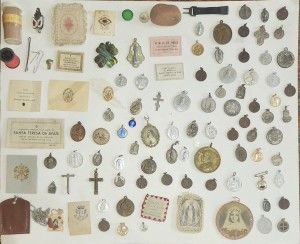
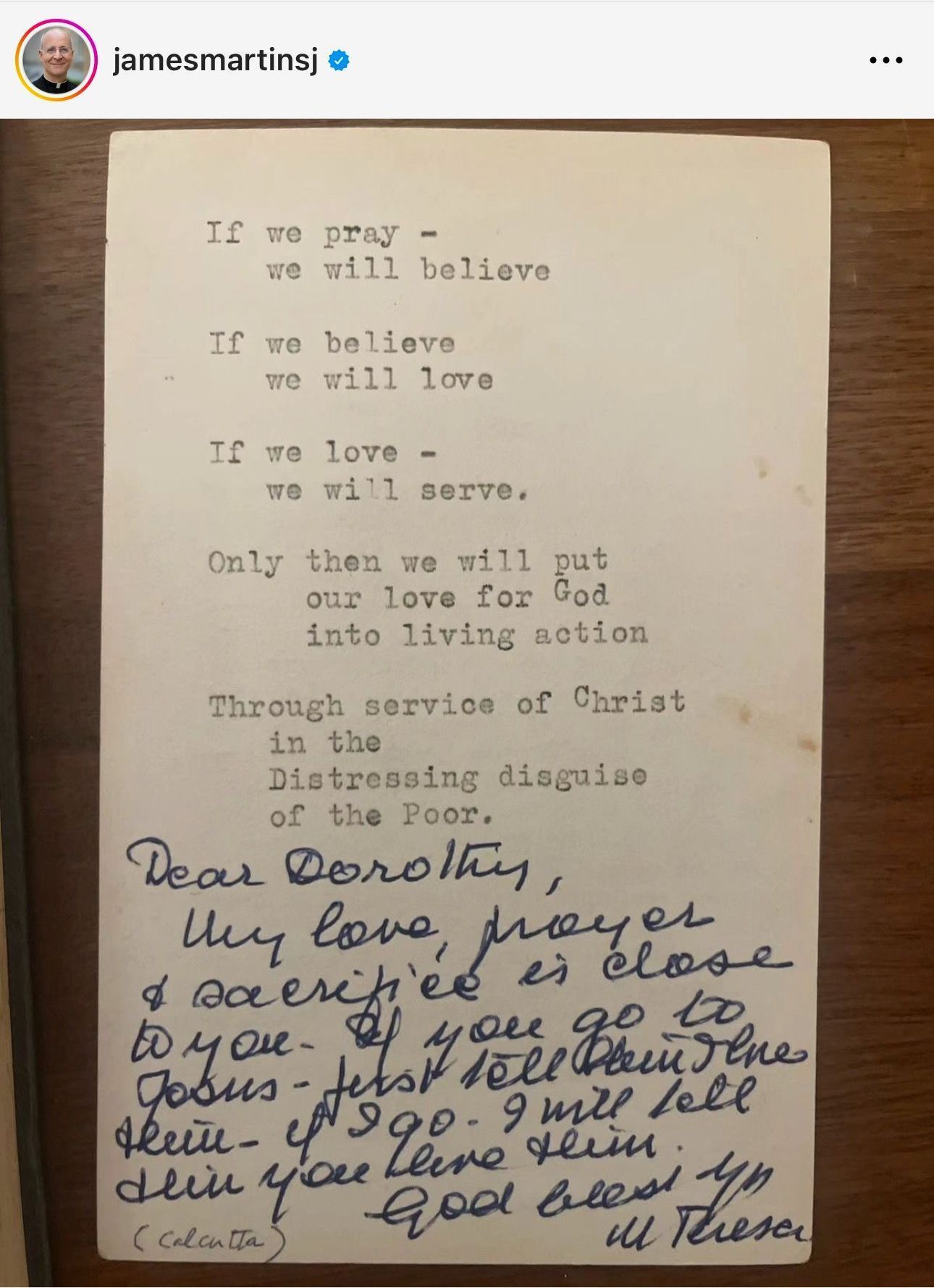
Dorothy’s lifelong love of reading and writing meant that she was constantly exchanging books, cards, and letters with friends. One of our favorite finds so far is a note tucked between pages of Dorothy’s bible, from St. Mother Teresa of Kolkata. The text reads, “Dear Dorothy, My love, prayer, and sacrifice is close to you. If you go to Jesus first, tell Him I love Him. If I go, I will tell Him you love Him. God bless you.” Wow! Dorothy understood herself to be surrounded at all times by the love and support of the communion of saints; sometimes that was through prayer, and sometimes that meant the saints sat and visited in the Maryhouse living room. Many thanks for the hospitality of the Maryhouse community in allowing us to encounter these objects from Dorothy’s life up close. We look forward to welcoming you all to Manhattan College for the exhibit soon!
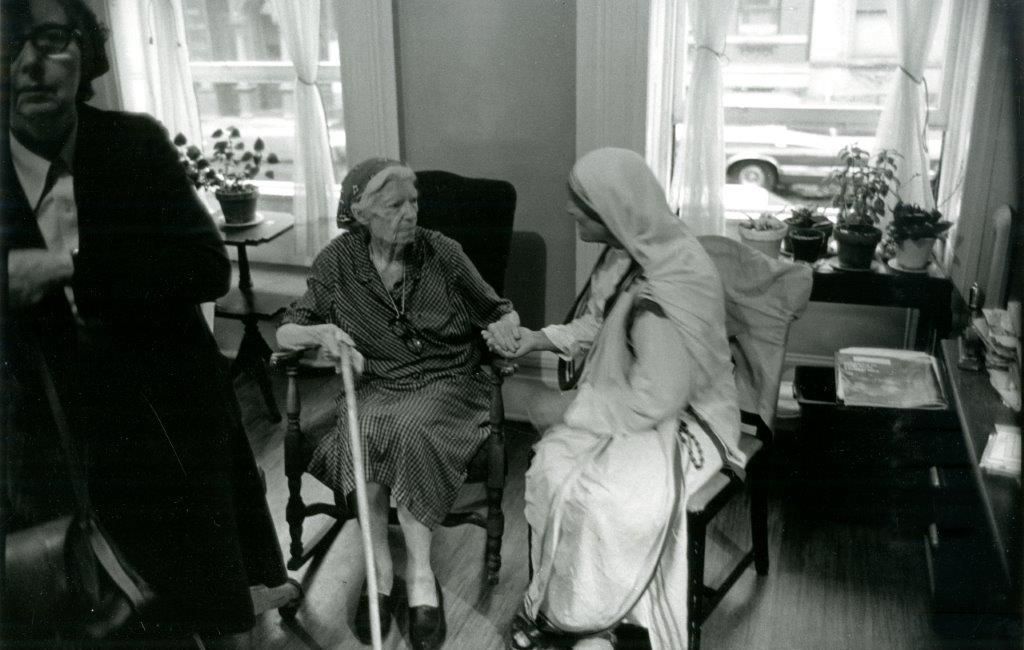
The Guild has been busy planning a full slate of fall events in collaboration with the Dorothy Day Center and the New York Catholic Worker community, and we are excited to offer you a sneak peak at some upcoming opportunities. Artist Kristi Pfister’s installation, "Radical Action: Tracing Dorothy Day” is now on display at the Manhattan College O’Malley Library Gallery. Kevin Ahern and Martha Hennessy, Dorothy’s granddaughter, had a chance to check it out together last week, and it is truly stunning. We hope you will be able to join us on
Thursday October 26th from 5-7pm for a reception and artist talk. Pfister will deliver some brief remarks right at five, and then we’ll enjoy the exhibit and some refreshments together. If you’re not able to attend in October, “Radical Action” will remain on display until December 16th.
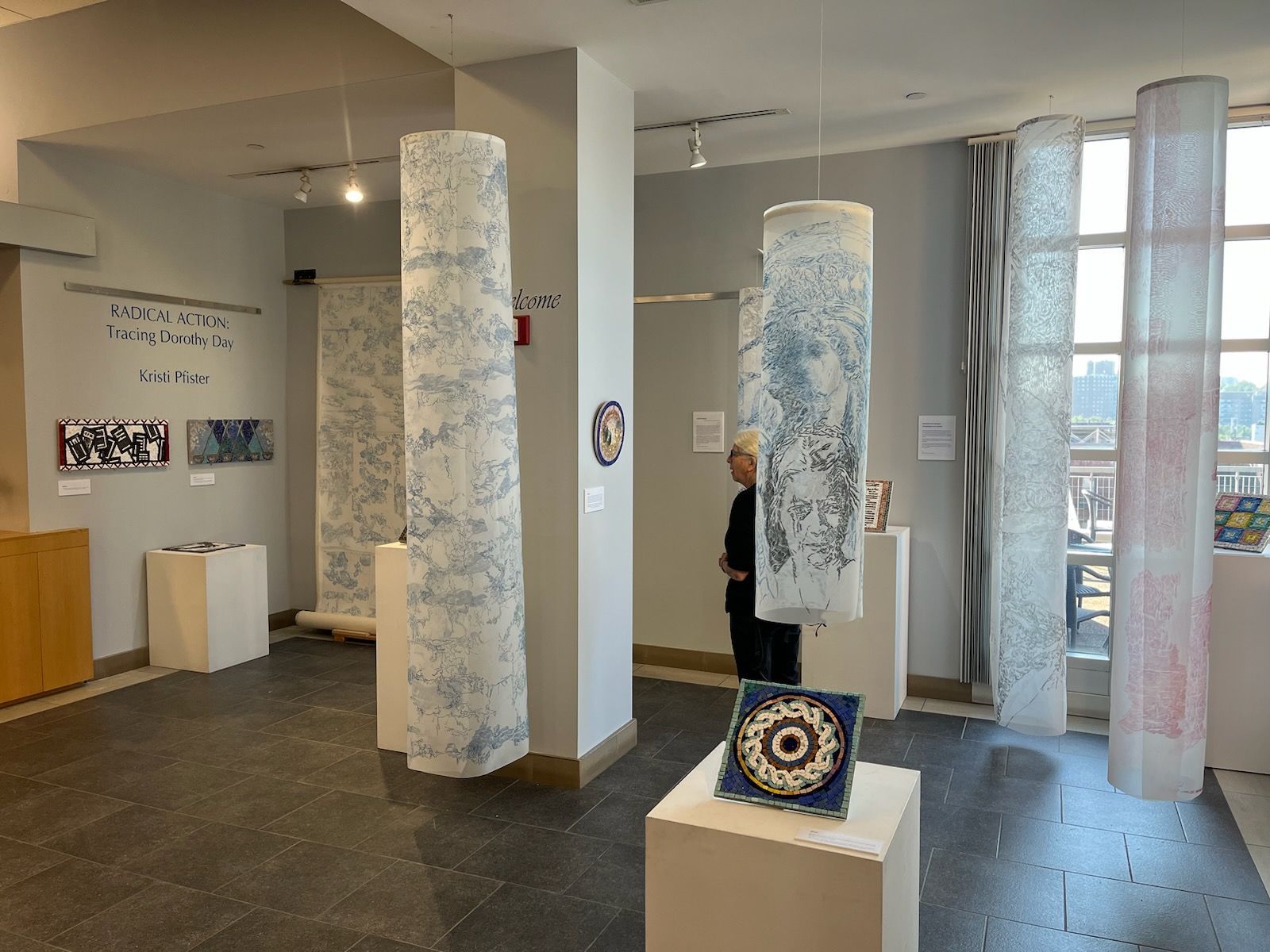
Slide title
Write your caption hereButton
Slide title
Write your caption hereButton
Our online October book club and discussion group begins on Wednesday, October 4th! In the month of All Saints, we’re excited to begin reading and discussing Dorothy’s biography of one of her favorite saints, Thérèse. We’ll meet over Zoom on four Wednesdays, October 4th, 11th, 18th, and 25th, from 8-9pm Eastern/7-8pm Central. We still have a few spots available, and you can sign up by using this form to receive the Zoom link. The book is available here, from Ave Maria Press .
As a supplement to our reading group, we’ve also created a twelve-part mini-lecture series on our YouTube channel. We’ve posted the first couple of videos already with more planned for the coming days, so keep an eye out for new uploads! We’re excited to offer more free educational resources about Dorothy on this channel, and we hope you are able to enjoy them with your classes, families, spiritual formation groups, and anyone you know who is interested in learning more about Dorothy’s life and legacy.
We’re also in the process of finalizing our map and tour route for our Saturday, October 21st walking pilgrimage in Manhattan. We’ll meet in Union Square at 1:00 pm and work our way southward, visiting the places where Dorothy prayed, protested, and offered the works of mercy for nearly 50 years. Our pilgrimage concludes with a vigil mass in the chapel at Maryhouse, Dorothy Day’s final home. To register and receive a map, please fill out this form.
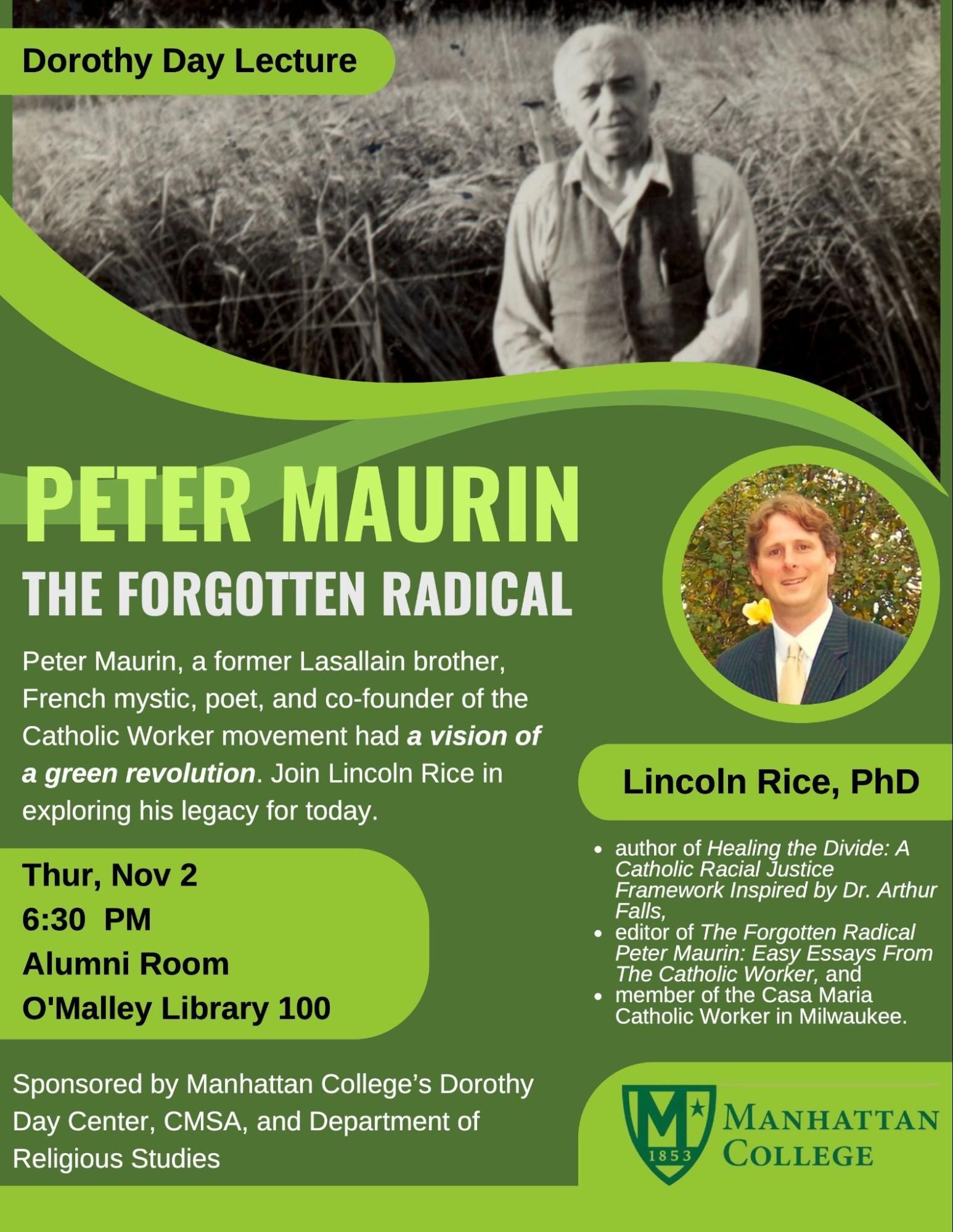
Finally, we look forward to welcoming Dr. Lincoln Rice to Manhattan College for the annual Dorothy Day Lecture. Lincoln received his doctorate in moral theology from Marquette University in 2013 and has been a member of Milwaukee’s Casa Maria Catholic Worker community since 1998. He is the author of Healing the Divide: A Catholic Racial Justice Framework Inspired by Dr. Arthur Falls, and editor of The Forgotten Radical Peter Maurin: Easy Essays From The Catholic Worker. Lincoln will speak to us this year on Peter Maurin’s philosophy, his significance for the Catholic Worker movement, and what we can learn from Peter today. This year’s lecture will take place on Thursday, November 2nd at 6:30 pm in the Alumni Room at Manhattan College’s O’Malley library.
Once again, we thank you for your support in promoting Dorothy’s legacy and cause for canonization! We hope to see you at some of our autumn events online and in-person and look forward to connecting with you soon.
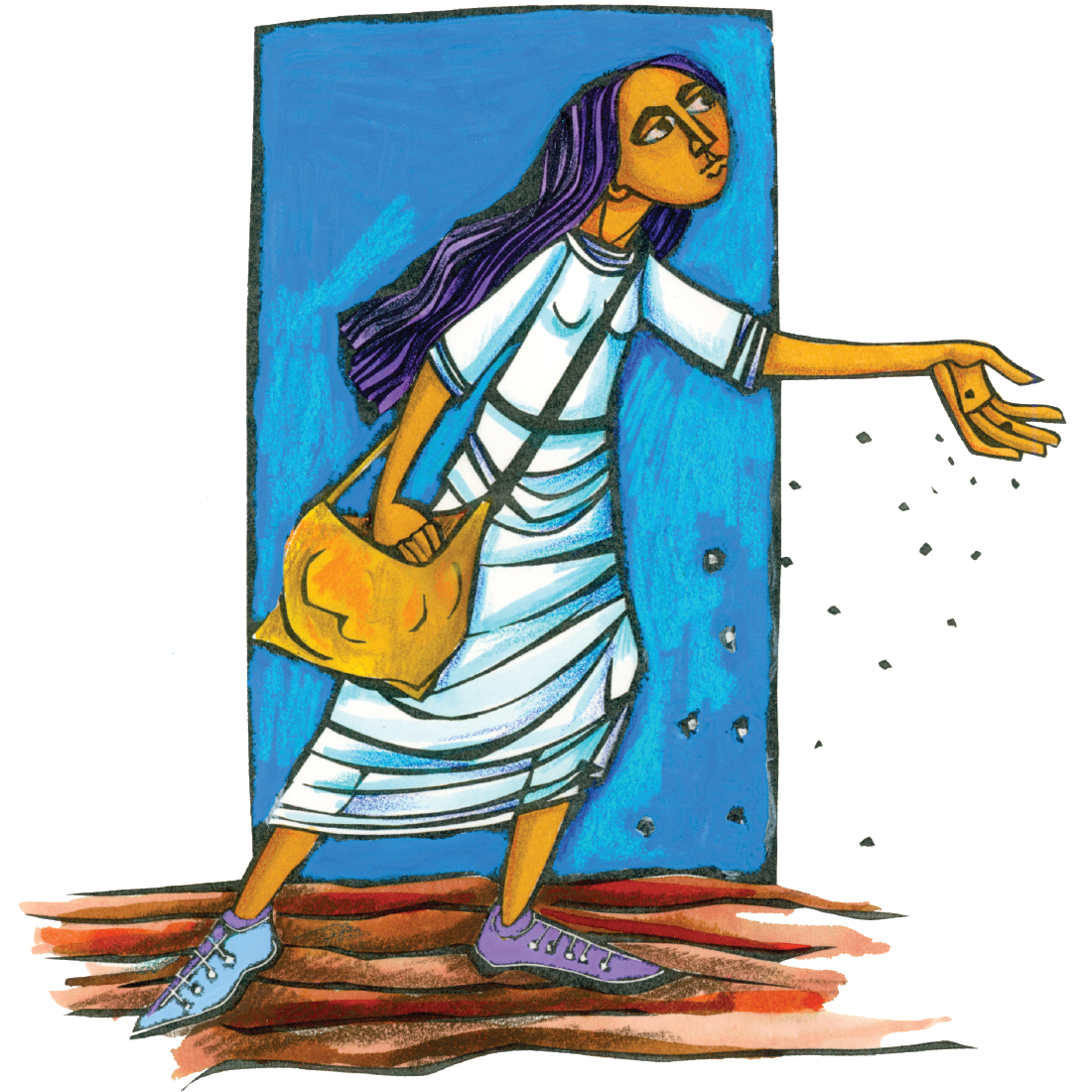
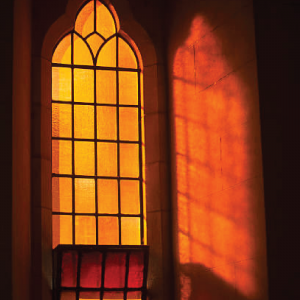
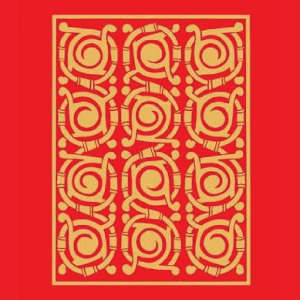
A Woman of Conscience, a Saint for Our Time
The Dorothy Day Guild supports and advances the cause for canonization of Dorothy Day, initiated by the Archdiocese of New York as a saint by the Roman Catholic Church, and promotes, for the benefit of all people interested in social justice, awareness of Dorothy Day, her writings, the Catholic Worker Movement she co-founded, and her life and witness to the Gospel.
QUICK LINKS
© 2023 All Rights Reserved | Dorothy Day Guild | This site is powered by Neon One

